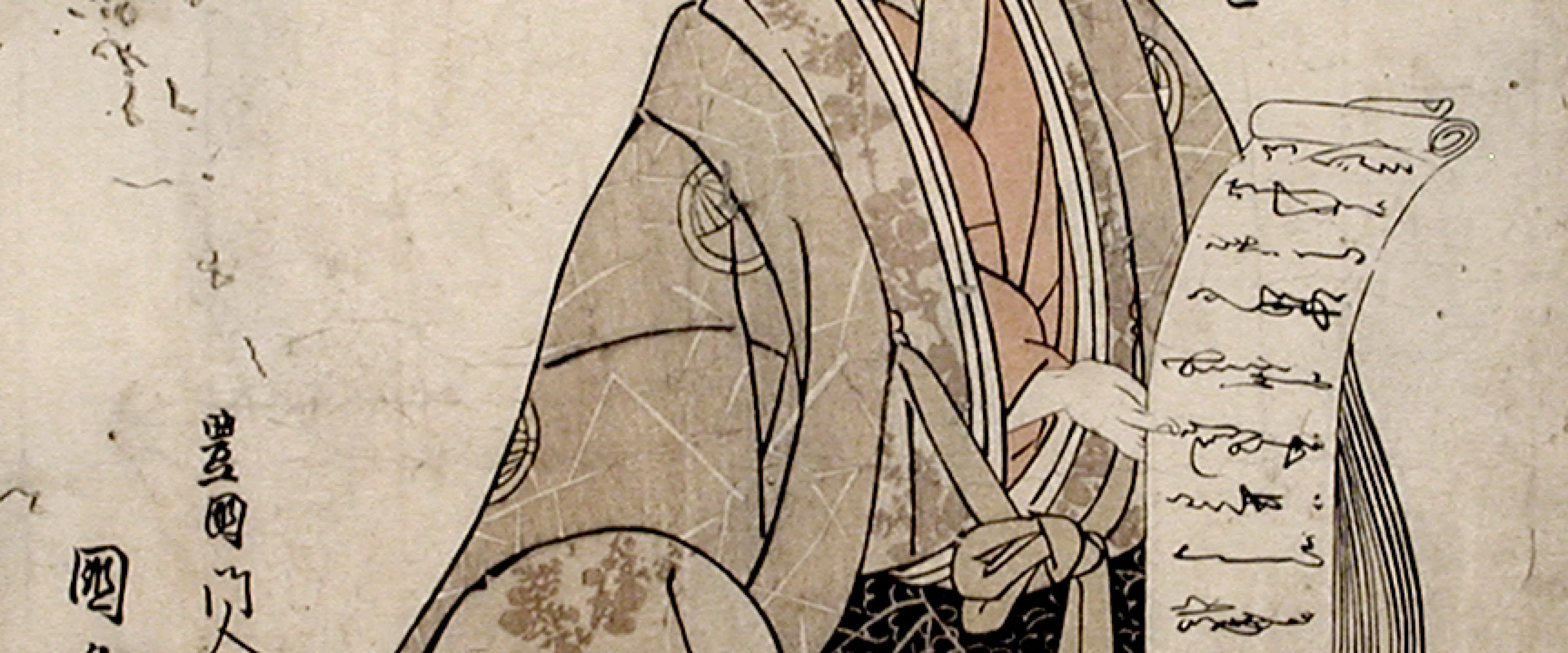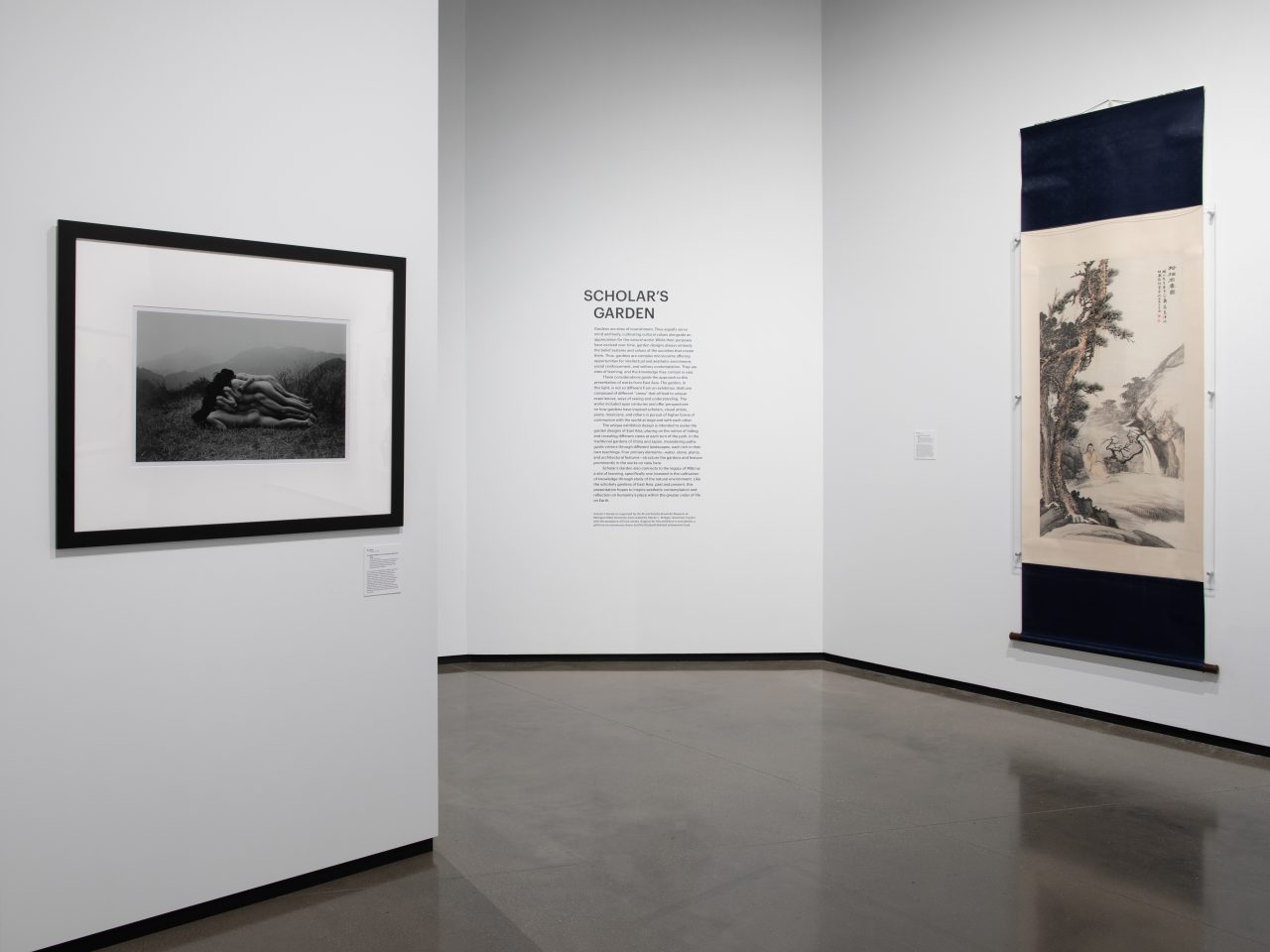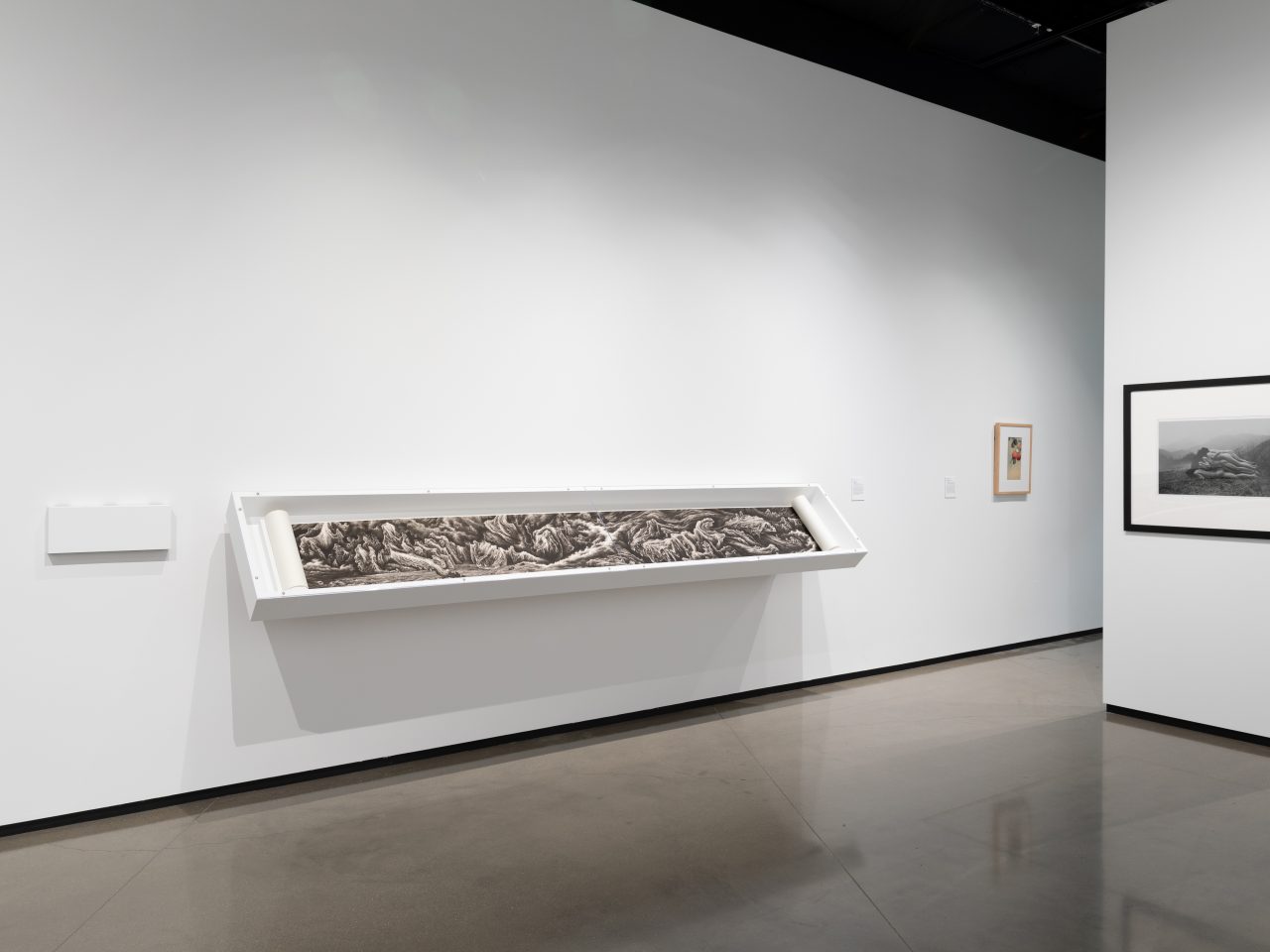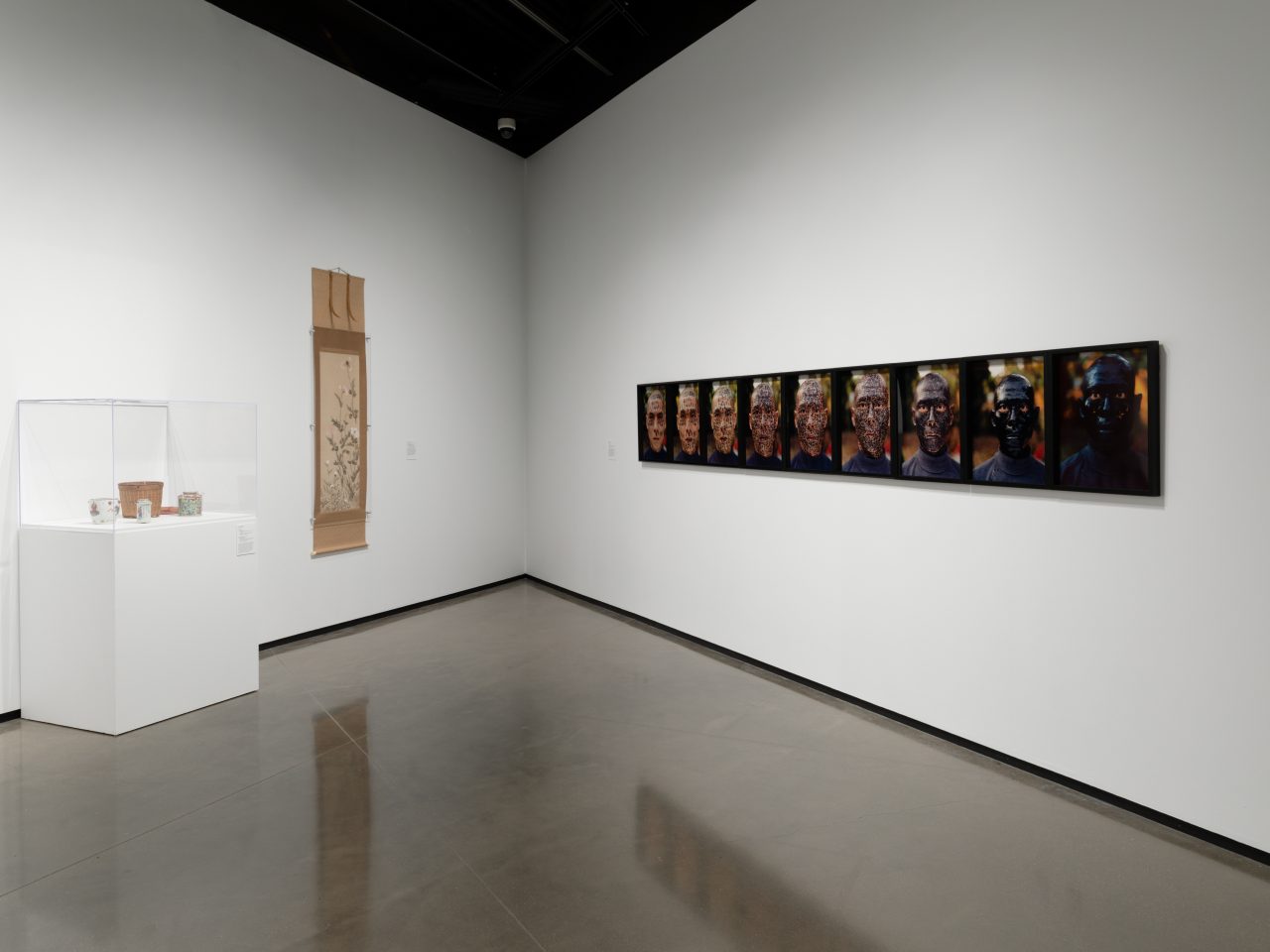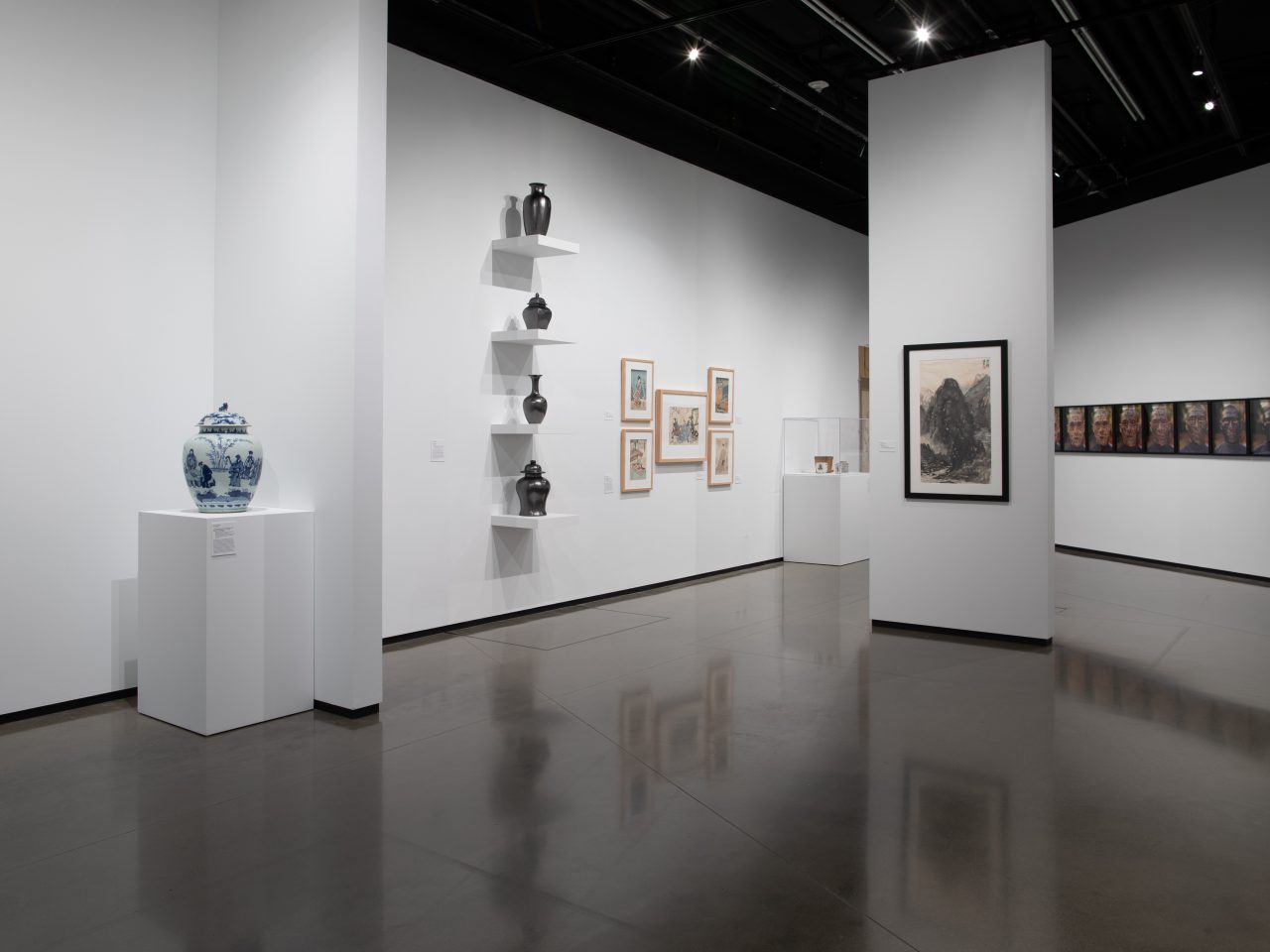Scholar’s Garden is organized by the Eli and Edythe Broad Art Museum at Michigan State University and curated by Steven L. Bridges, Associate Curator. Support for this exhibition is provided by a gift from an anonymous donor and the Elizabeth Halsted endowment fund.
About the Exhibition
Gardens are sites of nourishment. They equally serve the mind and body, cultivating cultural values alongside an appreciation for the natural world. While their purposes have evolved over time, gardens are often designed to embody the belief systems and values of the societies that create them. Thus, gardens are complex microcosms offering opportunities for intellectual and aesthetic enrichment, social reinforcement, and solitary contemplation. They are sites of learning, and the knowledge contained in them is vast—sources of endless exploration and inspiration.
These considerations guide the approach to this presentation of works from East Asia from the collections of the MSU Broad and MSU Museum. The garden, in this light, is not so different from an exhibition. Both are composed of different “views” that all lead to unique experiences, ways of seeing and understanding. The works included span centuries and offer perspectives on how gardens have inspired scholars, visual artists, poets, musicians, and others in pursuit of higher forms of communion with the world at large and with each other. The blending of traditional works with contemporary also creates an opportunity for visitors to grapple with how cultural values and expressions of identity are mutable in nature, winding and unwinding over time.
Scholar’s Garden connects to the legacy of MSU as a site of learning, specifically one invested in the cultivation of knowledge through study of the natural environment. The exhibition is part of a larger ecosystem of research and cultural enrichment—core values of the university—and offers a different way of looking at and interpreting the collections on campus. Like the scholarly gardens of East Asia, past and present, this presentation hopes to inspire aesthetic contemplation and reflection on humanity’s place within the greater order of life on Earth.
